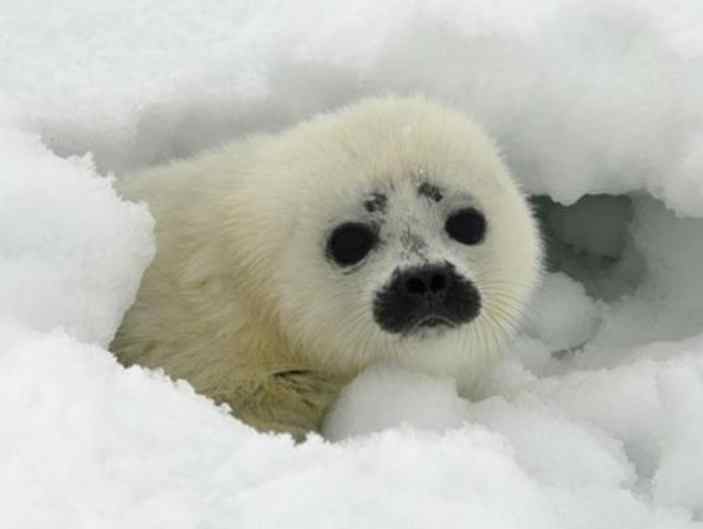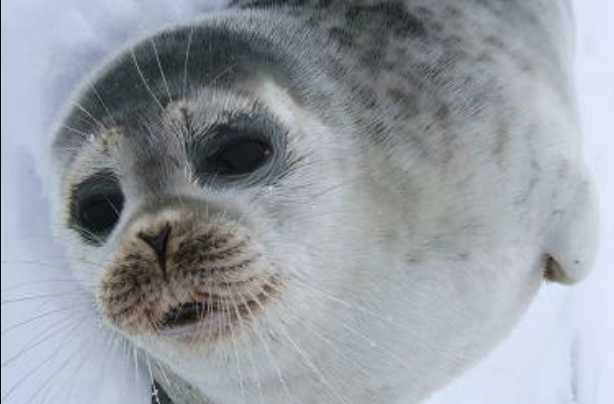Recently Gone From Lower 48 States, Caribou Need Protection to Return
SANDPOINT, Idaho— Conservation groups filed a lawsuit today challenging the U.S. Fish and Wildlife Service’s failure to finalize endangered species protection and designate critical habitat for Southern Mountain caribou.
“The last wild caribou in the lower 48 states have disappeared, but the Trump administration is still delaying the protection they desperately need to thrive in the United States again,” said Andrea Santarsiere, a senior attorney at the Center for Biological Diversity. “If we’re going to get our beloved reindeer back, they need the strong protection of the Endangered Species Act.”
The southern Selkirk herd of caribou, which formerly occupied southern British Columbia, Idaho and Washington, has been protected as endangered under the Endangered Species Act since 1983.
In 2014 the Fish and Wildlife Service determined that the herd is actually part of a larger population known as the Southern Mountain caribou, which includes a number of herds in Canada, and proposed protecting them as threatened.
The Service, however, never finalized protection for Southern Mountain caribou. The agency also failed to reconsider designating protected critical habitat for the caribou after the groups involved in today’s action successfully challenged a previous designation that only included a small fraction of the caribou’s former range in the United States.
Late last year Canada brought the last animals from the southern Selkirk herd into captivity, marking the loss of all caribou from the lower 48 states.
“It is a tragedy that Southern Mountain caribou have been wiped out from the lower 48,” said Jason Rylander, senior counsel at Defenders of Wildlife. “The Trump administration has the power to return Southern Mountain caribou to their original stomping grounds by securing protections for this imperiled species and its habitat. We must act now before it is too late.”
The conservation groups are represented by attorneys from the Center for Biological Diversity and Advocates for the West.
[content id=”79272″]
Caribou once had a broad range across the lower 48, including the northern Rockies in Washington, Idaho and Montana, the upper Midwest and the Northeast.
By 1983, when they were protected under the Endangered Species Act, caribou were limited to just the northern Rockies and declining fast. In the 1990s the Fish and Wildlife Service augmented the southern Selkirk herd with caribou from Canada, which helped the population grow to more than 100 animals. But the effort was abandoned without explanation, allowing the Selkirk herd to languish and decline.
In 2011, following a petition and litigation from conservation groups, the Service proposed designating more than 375,000 acres of critical habitat for caribou in Idaho and Washington. In 2012, however, the Service finalized a designation that included only about 30,000 acres. This massive cut in critical habitat was successfully challenged by the groups, but the Service has yet to issue a new critical habitat designation.
Mountain caribou are an “ecotype” of the more widespread woodland caribou. They are uniquely adapted to life in the very snowy mountains of British Columbia and the northernmost areas of the northern Rockies in the lower 48 states.
Caribou hooves are the size of dinner plates and act like snowshoes. The animals can survive all winter eating arboreal lichens found on the branches of old-growth trees only accessible in winter. Development and roads are increasingly fragmenting their habitat.
Adding insult to injury, the increased power and popularity of snowmobiles has allowed more people to infringe on the caribou’s alpine habitat. Snowmobiles disturb the caribou while also compacting trails that provides predators access to caribou during winter.
Source: Center for Biological Diversity







